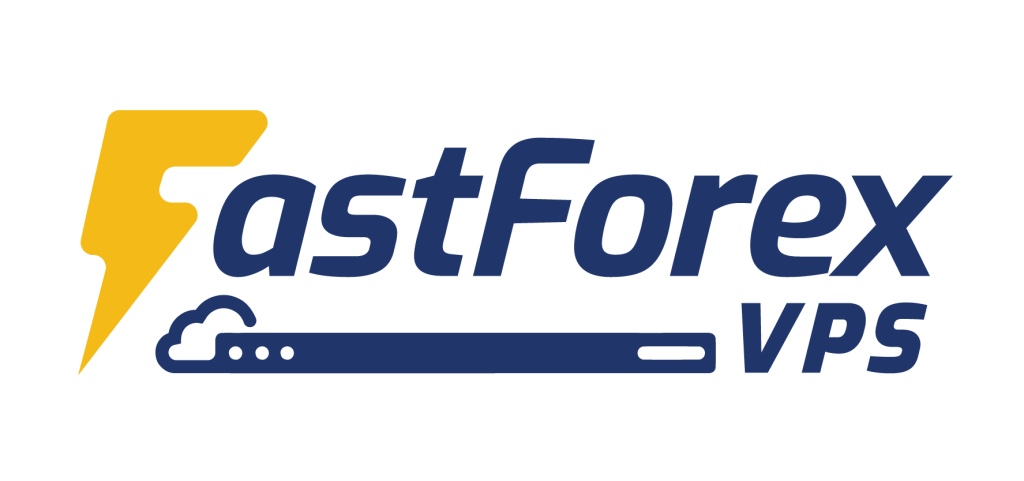Table of Contents

What is the requirement before you start forex trading?
If you are interested in exploring forex trading for capital gains, there are a few requirements before you start trading. To begin with, understand forex trading by learning about the different currency pairs available. In forex trading, we select a pair of currencies to make a trade.
Here is how that works. Suppose you have selected EUR/USD currency pairs. In this currency pair, we choose the base currency to buy in, and the other is the quote currency, which is the one we sell. Now, we select the base currency. In our case, it is EUR currency. This will make USD the quote currency based on the market conditions we trade to make profits.
Some of the most common currency pairs trading include:
- EUR/USD (Euro/US Dollar)
- USD/JPY (US Dollar/Japanese Yen)
- GBP/USD (British Pound/US Dollar)
- AUD/USD (Australian Dollar/US Dollar)
- USD/CAD (US Dollar/Canadian Dollar)
- USD/CNY (US Dollar/Chinese Renminbi)
- USD/CHF (US Dollar/Swiss Franc)
You can consider exploring fundamental and technical analysis for forex trading. Then, you can pick up the different strategies involved in selling and buying varying forex currency pairs.
Now, you need to pick up the different forex vendors who provide the forex trading platform and then decide on a reliable VPS. This will help you with the initial setup. These steps will lead you to setting up your Forex trading account. Now, you can deposit your initial investment.
Once you have covered the basics and better understand forex trading. Now, it’s time to deposit money into your Forex trading account.
What is the minimum deposit for Forex Trading?
When it comes to forex trading, brokers generally require you to have a minimum $1000 deposit in your forex account. Yet, some brokers allow you to open an account with as little as $10 or $50 as the minimum deposit for forex trading. These accounts available at lower minimum deposits for forex trading are called cent accounts. It is perfect for beginner traders who want to test with less risk.
Although it is possible to start small with $50 to $100, having a slightly larger budget will provide you with greater flexibility. This is also one of the factors to consider, and you will need at least $500 to pick a standard lot. This is equal to 100,000 units. If you have the financial necessary, you can trade a micro lot of 1,000 units or even a mini lot of 10,000 units.
Make sure that the forex exchange market uses significant levels of leverage. So, when you make small movements, it will positively impact your account balance. To protect your account against any significant losses, it’s essential to apply a risk management strategy. This can include stop-loss orders and implementing VPS solutions. If you master these techniques, you could avoid losses and make small profits.
List of Forex Trading options with low minimum deposit
Selecting the right broker can make all the difference if you want to start trading in the forex market. Here’s a helpful list of forex trading options with low minimum deposits, allowing you to choose one that best fits your trading needs:
- RoboForex: $10
- Exness: $1
- TeleTrade: $0
- Pocket Option: $5
- Octa: $25
- XM Group: $5
- Markets4you: $0
- Deriv: $5
- NPBFX: $10
- InstaForex: $1
In some exceptional cases, forex trading vendors can start with $0 accounts like pepperstone and Onda US. Doing your research to find the right fit for you is safe. To find suitable Forex trading options with low minimum deposit.
List of Different Forex Trading Account Types
When exploring different accounts for forex trading, consider every option. Understanding each type of offer must suit your trading style and needs is critical.
Here’s a quick rundown of different accounts for forex trading:
- Standard Trading Accounts: The most common account type, ideal for experienced traders, with full access to trading features and higher minimum deposits.
- Demo Account: A risk-free account that allows traders to practise and familiarise themselves with the trading platform using virtual money.
- Mini Account: Designed for beginners, this account allows trading smaller lot sizes, minimising risk while learning the ropes.
- Micro Account: Similar to a mini account but with even smaller lot sizes, perfect for new traders or those wanting to test strategies with minimal risk.
- Cent Account: Trades are executed in cents instead of dollars, making it an excellent choice for novice traders or those with a limited budget.
- Forex ECN Accounts: Provides direct access to the interbank market, offering tighter spreads and faster execution suitable for professional traders.
- STP Accounts: Straight Through Processing accounts automatically match your trades with liquidity providers, ensuring faster execution without dealer intervention.
- PAMM Forex Accounts: Allows investors to allocate their money to a skilled trader’s managed account, sharing profits and losses.
- Forex Managed Account — MAM (Multi Account Manager): Similar to PAMM, it offers more flexibility and control for the account manager to allocate risk differently among various clients.
- Copy Trading Accounts: Enables traders to copy the trades of experienced and successful traders, which is helpful for beginners or those without time for active trading.
- Forex Swap Free Account: Also known as Islamic accounts, these accounts comply with Sharia law, offering interest-free trading options.
Understanding these account types can help you decide which account suits your trading goals and experience level.
Conclusion
Getting into forex trading is exciting! Start by learning the basics and picking the right broker with low minimum deposits. Explore different account types to find what suits you best. Managing risk is vital to making profits and enjoying your trading journey.
Harness the Cloud: Boost Your Trading with Fast Forex VPS!
Subscribe now for as low as $6.99/month!
